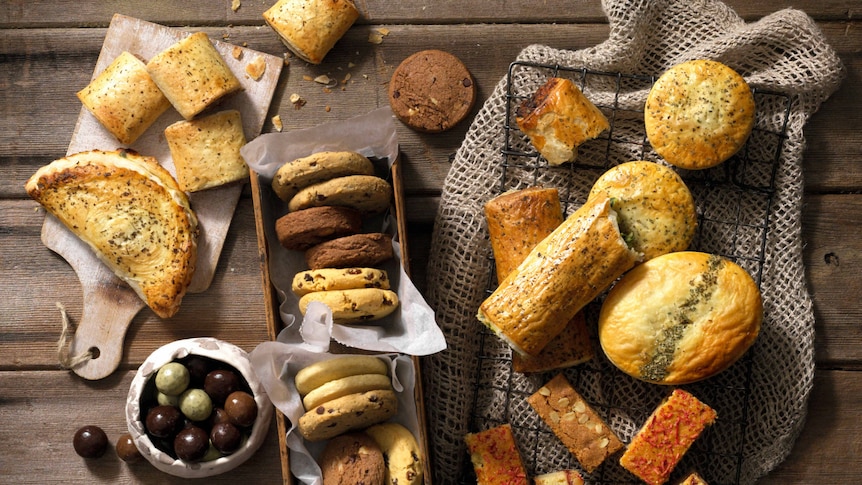Bush food retailers in New South Wales say they are having to turn to other states to source local native ingredients as supply cannot keep up with increasing demand.
Key points:
-
Demand for native foods has been growing over the past decade but has risen substantially since the pandemic
-
The industry is dominated by non-Indigenous producers
-
Indigenous retailers say more support is needed for First Nations producers
Retailers in the central and far north-west estimate they are sourcing anywhere from 30 to 80 per cent of their ingredients from other states due to a lack of local supply.
Wiradjuri man Herb Smith runs his native food business Dreamtime Tuka out of Wellington in the state’s west, supplying products to companies such as Qantas and BP, as well as to the NSW government.
He has seen demand for his products jump by 80 per cent over the seven years he has been in business.
While he sources the large majority of his ingredients from within the state, he has been compelled to look to Queensland and South Australia for the rest.
“If we’re supplying a multinational company, the demand is quite large for the ingredients that we need to put in our products. So if we need a large quantity of it, we may not be able to get that in NSW.”
Although there are a growing number of suppliers of native ingredients even within NSW, part of the problem for Indigenous retailers is that few of them are Indigenous-owned.
“I’m really unhappy to say that there are not many Indigenous companies out here actually involved in that side of the industry. It’s majority non-Indigenous people supplying these products,” Mr Smith said.
Sharon Winsor is the founder and chief executive of the 100 per cent Indigenous-owned business Indigiearth in Mudgee, and has been in the industry for more than 25 years.
She said demand for her products had spiked in the past few years.
“The interest has grown quite dramatically, in particular post-COVID,” she said.
“I think there’s been a general interest in what we have in our own backyard, the health benefits of native ingredients, and how people can support small business, regional business, Indigenous business.”
She said the problem of misrepresentation was still a huge concern.
“There are producers and retail brands misguiding consumers, by using Aboriginal art or graphics to confuse them into thinking that they’re buying an authentic Aboriginal product,” Ms Winsor said.
lack of support
Trish Frail, who owns a native cafe in Brewarrina, started her business about a year-and-a-half ago.
She said demand for her products had been quite high since then.
But she noted a lack of education was also a factor in the scarcity of Indigenous-owned suppliers in the industry.
“It comes back to the problem of First Nations people not understanding the economy and not knowing how to work within the economy.
“And so they don’t know how to go for the loans, how to write the business plans,” she said.
Ms Winsor said there had also been a reluctance on the part of the community to commercialize their traditional knowledge because they had not had much support, and there was not a lot of trust in the industry.
She said big companies had often gone in to Indigenous communities to learn from traditional owners but not paid their respects and not properly paid for the ingredients harvested.
“They will pay our communities ridiculous amounts, like $10 or $20 a kilo for ingredients, and then these companies take it back to their cities and sell for $280-$300 a kilo,” she said.
She would like to see more support for Indigenous businesses from industry and government, and for them to see the gains from this use of their intellectual and cultural property.
.
